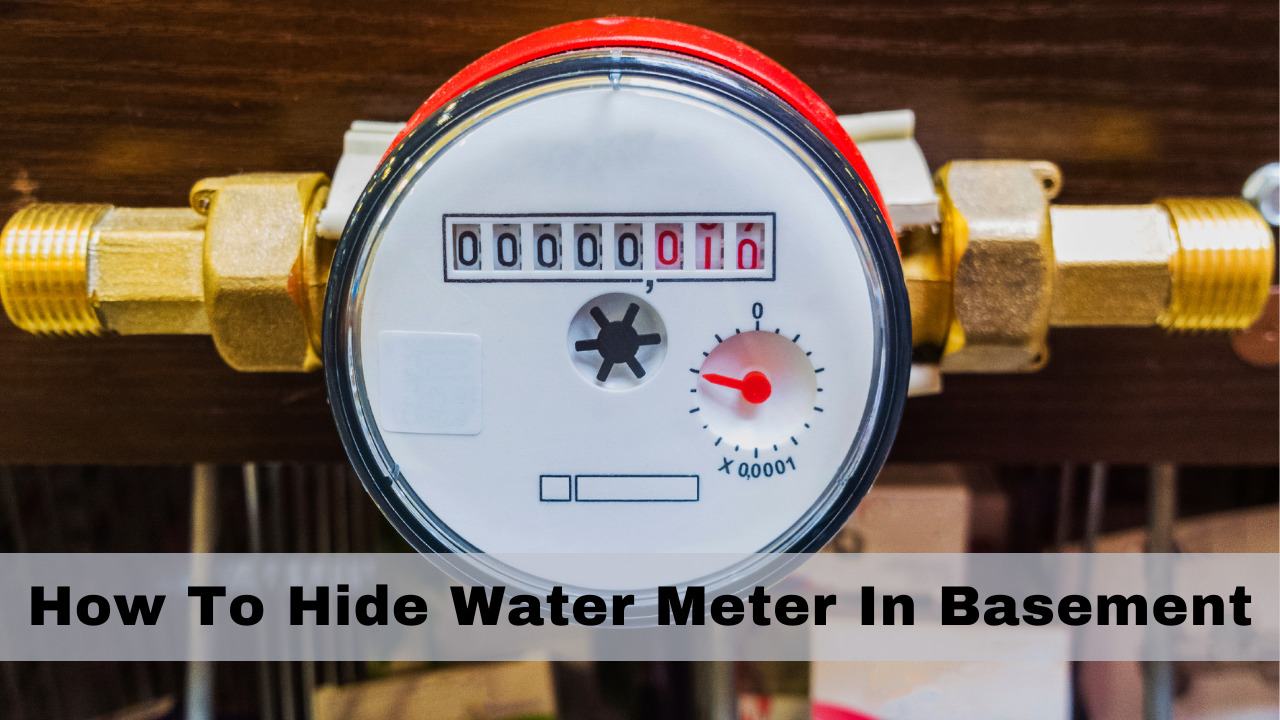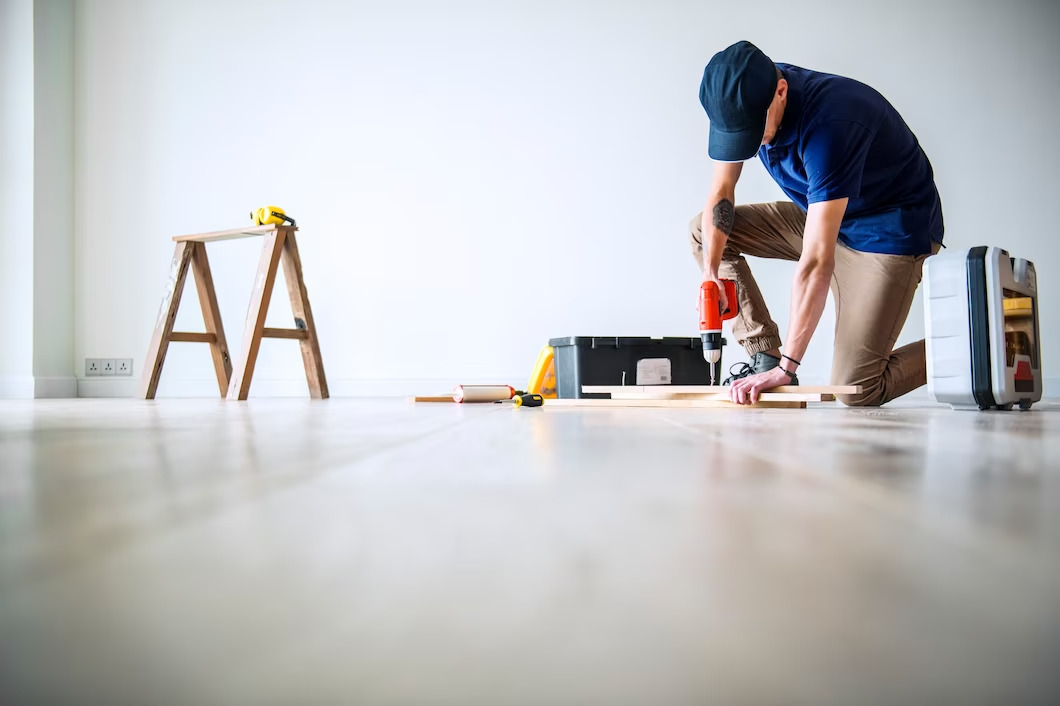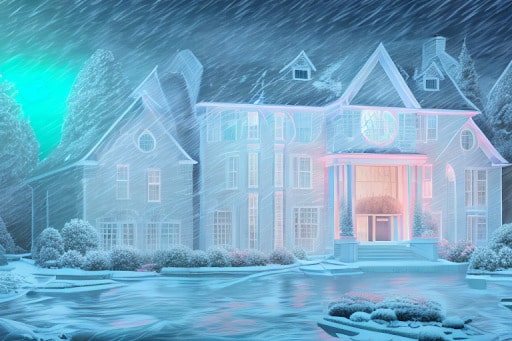Keeping your water meter from freezing during the winter months is very important. This will save you time by avoiding sending an employee to fix frozen meters, but it will also save you money because the customer is responsible for the frozen water meter and the work to replace it if it is repaired outside of normal business hours.
Here are a few pointers on how to avoid harm from frozen meters. Although we’ve come to the point where we’re attempting to decide on colors, finishes, and what to do down here that will truly make a statement, the basement makeover project is still ongoing.
Table of Contents
Place The Water Lines And Meter In A Heated Area
Wrap your meter with insulation and heat tape if it is not in a sufficiently wild place, and wrap your water lines with insulation and heat tape. It is not good to use hot tape to wrap the new meters! Install insulation that can tolerate water and other conditions in the pit if your meter is in one. Cover the meter with adequate insulation to touch the pit’s sidewalls.
Only cut off the water if the meter pit is opened during extreme cold. Because cold air can cause the meter to freeze, close the lid as quickly as possible.
Let The Faucet Run Slowly
Allow one of your faucets to run very gently in extremely cold weather or if you have had pipes freeze in the past. This works best with faucets on outer walls or farthest from where the main water line enters the house. A small increase in your water bill may be preferable to having to replace frozen meters, water pipes, or property damage.
How To Winterize The Water Meter?
Outdoor hoses should be disconnected and drained. Water can drain from the pipe by disconnecting hoses from their spigots. Otherwise, ice from a single, hard overnight freeze could burst the pipe or the faucet.
Hose bibs should have insulating caps on them. During the winter, close any foundation or external vents around the house. This will help to keep cold air from entering crawl spaces.
In unheated locations, insulate pipes and faucets. Wrap water pipes in an unheated garage or crawl space beneath the house before the temperatures drop. Pipe wrapping materials are available in hardware or building supply stores.
If possible, heat the basement with plumbing fixtures, especially those with plumbing on the outside walls. Access doors, air vents, and cracks should all be sealed. Repair any broken windows in the basement. Cold winter winds blowing through undetected apertures can easily freeze exposed water pipes.
Know The Exact Location Of Your Water Meter
Learn where your main water shut down valve is located. It’s typically where the water line from the street enters your property. This valve turns off all water if a pipe bursts anywhere in the house —basement or crawl space and may preserve your home from harm.
So, find it right now, double-check that it’s functional, then paint or put a tag on it. Make certain that everyone in the household is aware of its location and function.
Allow warm air to circulate the pipes by opening kitchen and bathroom cabinets. Make sure that any potentially hazardous cleansers or household chemicals are kept out of reach of children.
Use Thermostat To Set The Temperature
Consider maintaining the temperature the same throughout the day and night. You may suffer a higher heating expense if you temporarily halt the usage of lower night-time temperatures, but you will avoid a considerably more expensive repair job if the pipes burst.
If you’re going away during the winter, keep your house warm by setting the thermostat to no less than normal temperature.
While you’re away, have someone look over the property. If you’re going to turn off the heat, make sure you drain all water from the pipes and water heater, as well as switch off the water heater’s power supply.
Add A Removable Cover To Hide The Meter
The only way to conceal the meter in the basement is to build a door or a retractable cover to conceal the pipe. Making a cabinet door is a labor of love, but if you want to try it or see how it’s done, nothing would be a better option than a DIY door project to cover the meter.
Use Support Boards For Screwing
Installing a few support boards to screw drywall into was the first step. With our versatile oscillating tool, we were able to notch out a small space for one of the pipe fixtures in a matter of seconds. Then, by drilling long screws in at a diagonal angle, we secured the new support board in place.
Paint The Door Cover With The Same Wall Colour Paint
If you really want to hide the water meter in the basement, make sure to paint the meter cover door with the same wall color paint. Indeed, it would be a great revamp for your basement wall without investing a lot of time and money.
You can also add a picture or décor piece next to this door to cover it properly. For this, you can use a command picture hanger. In this way, you can keep the door closed when there is no need to open it.
Conclusion
Before hiding the water meter in your basement, examine your plumbing, become familiar with your plumbing system, and know where your interior shutoff valve is located and that it is operational. Make sure you have your plumber’s name and phone number.
Being prepared for the cold will help you avoid being left without water this winter. Wrapping the pipe in a warm towel or rag may also help. Turn off the water at the main shutoff valve in your home if a water pipe has frozen and burst.





